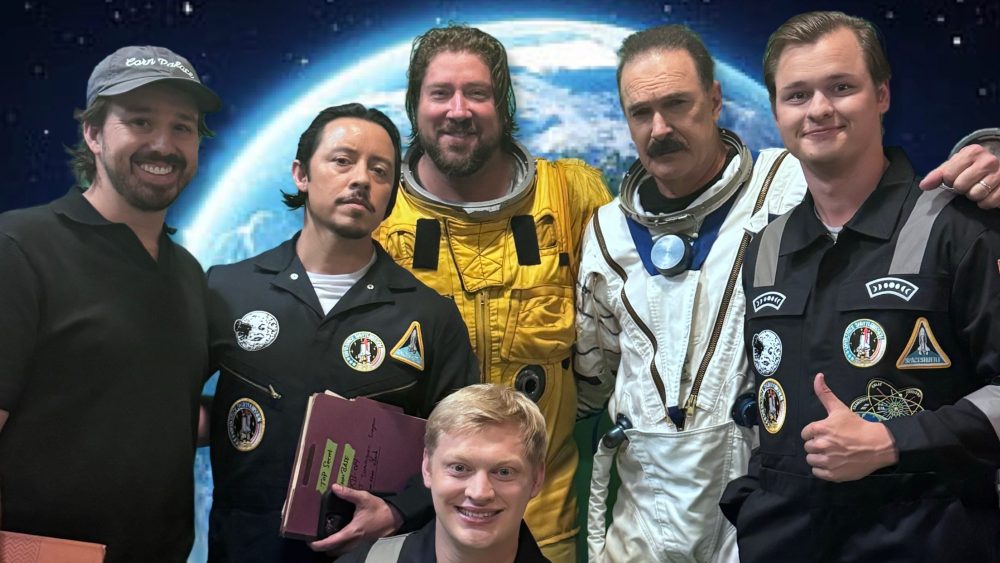Curry Barker and Cooper Tomlinson, the creators of the microbudget slasher movie “Milk & Serial,” are set to drop their latest comedy project, “Fly Me to the Earth,” on their That’s a Bad Idea YouTube channel.
Continue Reading

Curry Barker and Cooper Tomlinson, the creators of the microbudget slasher movie “Milk & Serial,” are set to drop their latest comedy project, “Fly Me to the Earth,” on their That’s a Bad Idea YouTube channel.
Continue Reading